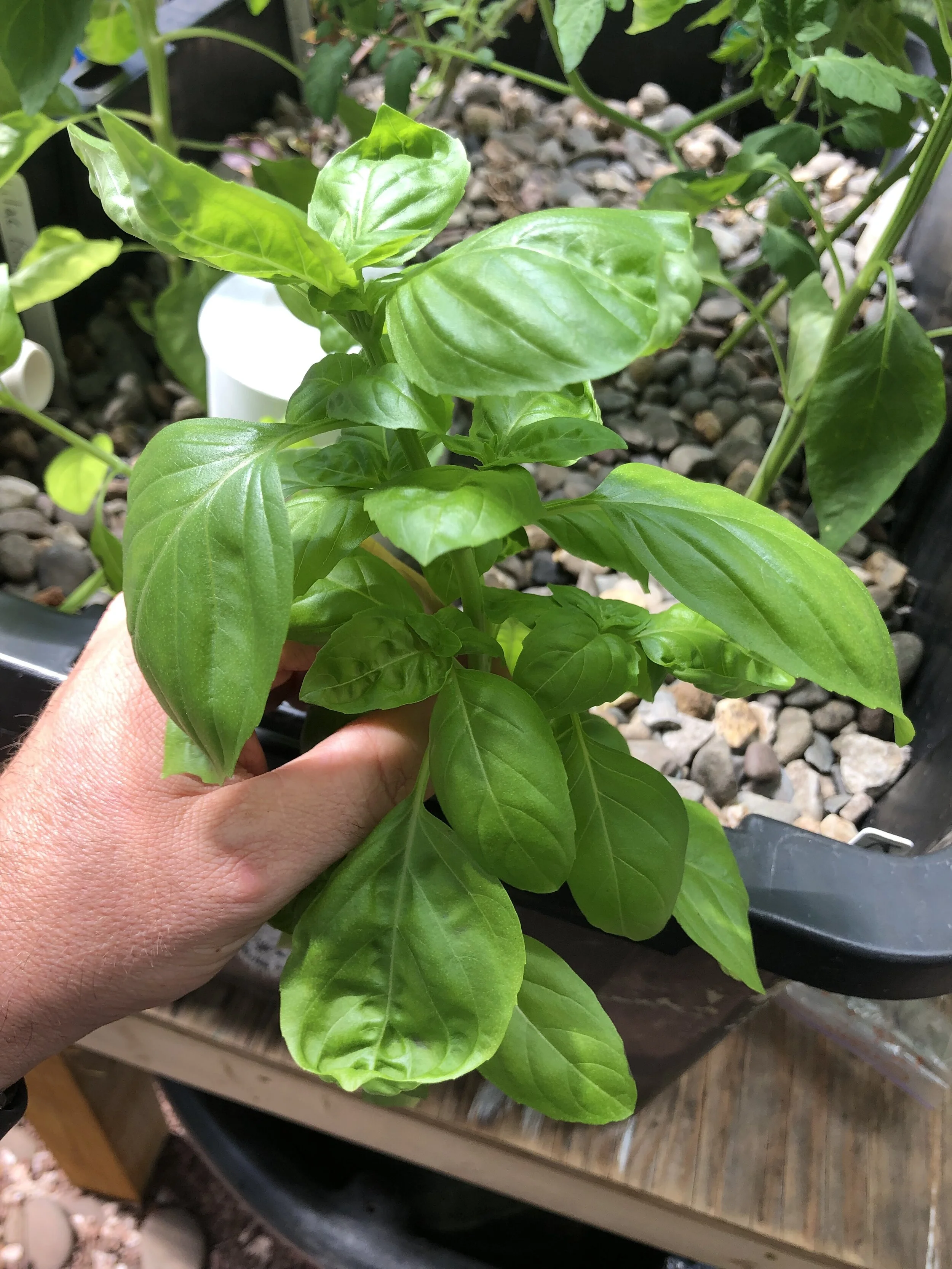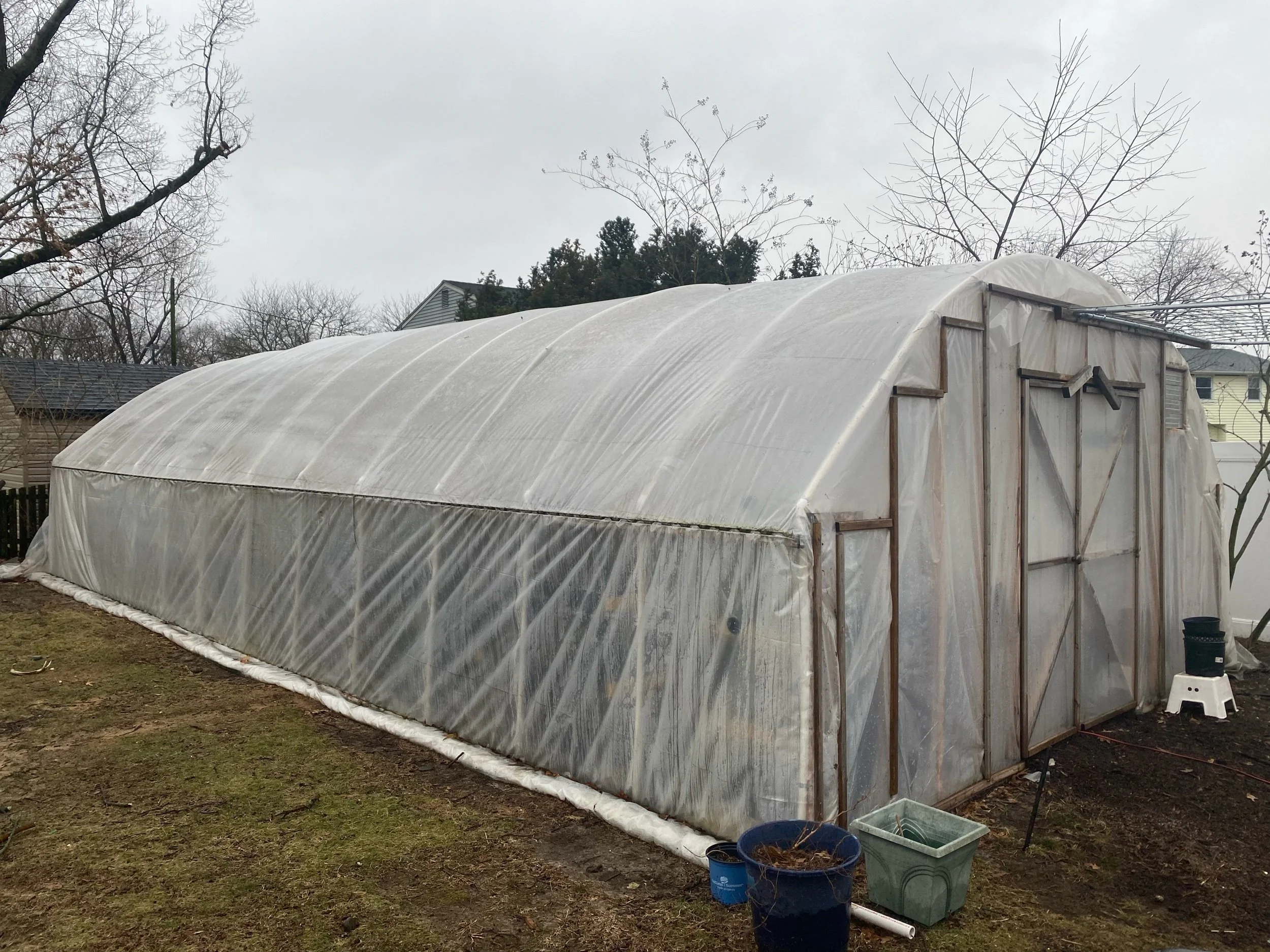Our First Aquaponics Build
***This post and all posts are living documents check back later for updates***
What is aquaponics?
According to Wikipedia: “Aquaponics (/ˈækwəˈpɒnɪks/) refers to any system that combines conventional aquaculture (raising aquatic animals such as snails, fish, crayfish or prawns in tanks) with hydroponics (cultivating plants in water) in a symbiotic environment. In normal aquaculture, excretions from the animals being raised can accumulate in the water, increasing toxicity. In an aquaponic system, water from an aquaculture system is fed to a hydroponic system where the by-products are broken down by nitrifying bacteria initially into nitrites and subsequently into nitrates that are utilized by the plants as nutrients. Then, the water is recirculated back to the aquaculture system.”
There are countless resources to learn about aquaponics. After years of casual research, and kicking the basic ideas around we took a leap into aquaponics. There are many different designs for systems out there but ultimately you need to figure out what system might work best for you, and just get started.
After purchasing our home in 2018 we finally got around to erecting our previously purchased greenhouse the following spring. With our old lot being quite long we went with the 6’x 14’ Mythos Aluminum Greenhouse:
We purchased the kit on Amazon for around $1200. Directions were simple enough to follow, and it has proven to be quite sturdy. The only thing we did extra to help strengthen it was screw it to a foundation of pressure treated 4”x4”s. We get alot of strong winds that hit this unit broadside, the only windbreak being a wooden stockade fence about 5 feet away. Without this we might need to anchor it with some hurricane straps.
This is a great little greenhouse but we quickly outgrew it. The aquaponics setup that we assembled inside fits, but there is little room for expansion. With a price tag of $1200 we probably could have filled most our backyard with plastic hoop houses.
Things that we would do differently with this setup:
Dig down a bit, maybe 1-2 feet. This would allow for more head room and vertical grow space.
Sinking the bilge tank and fish tank another 2 feet. Having extra working/grow space above each would be great.
Build the aquaponics before the greenhouse. This will avoid the need to disassemble any wall panels to bring in tanks. They are not fun to get back in.
We are using what is considered a split flow design.
Flood and drain grow bed with river rock. 27 gallon tough tote.
Continuous flow grow bed with 3 inches of river rock at bottom and expanded clay media on top. Air stone at the bottom. 27 gallon tough tote.
Continuous flow grow bed with suspended net cups sitting in water. Air stone at the bottom. 13 gallon tough tote.
Fish tank, 250 gallon IBC tote. Air stone at the bottom.
Solids Lifting Pipe.
Solid waste settling filter.
Bio media filter. Air stone at the bottom.
Bilge tank. 100 gallon horse trough.
Bilge pump. 2300 Gallon Per Hour (GPH)
One of the major problems that we encountered was an uncontrolled spike in free floating green algae. During our first summer 2019 we were able to initially control this by incorporating bundles of barley straw which is meant to inhibit new growth of algae. As we cycled freshwater through the system, the issue cleared fairly quickly.
Fast forward to 2020 and the green algae issue came back with a vengeance. Maybe it was our delay in adding the barley straw back into the system or maybe we didn’t have enough. Not certain the reason but this go round it was unsuccessful.
The algae was so thick we could no longer eve see our fish. As the algae bloom continued to grow so grew a funky fishy smell not previously experienced. From what I have read it seems that when you have a large amount of algae such as this, during the night when they cannot photosynthesize the algae will deplete the water of its dissolved oxygen.
Perhaps this oxygen depletion causes some of the nitrifying bacteria to die off. With less than optimal levels of bacteria the system becomes over burdened with fish waste and begins to stink. This is just an anecdotal theory. No real science researched yet on this subject.
We decided to give API ALGAEFIX a try. We properly utilized the product according to instructions and over the course of a week our algae obstacles were alleviated. We could see clear into the fish tank. We were able to see how big and healthy our fish were.
Our new found visibility unfortunately also revealed that 2 or more must have perished. As we were unable to see their condition previously there is now telling exactly what caused their premature end. Possibly a lack of dissolved oxygen played a role in their deaths. While a few didn’t escape the suffocating algae bloom, a whole bunch of baby fish or fry, were also now available for viewing.
Walkthrough Series for TikTok & Instagram
July 2021
Part 1
Part 2
Part 3








